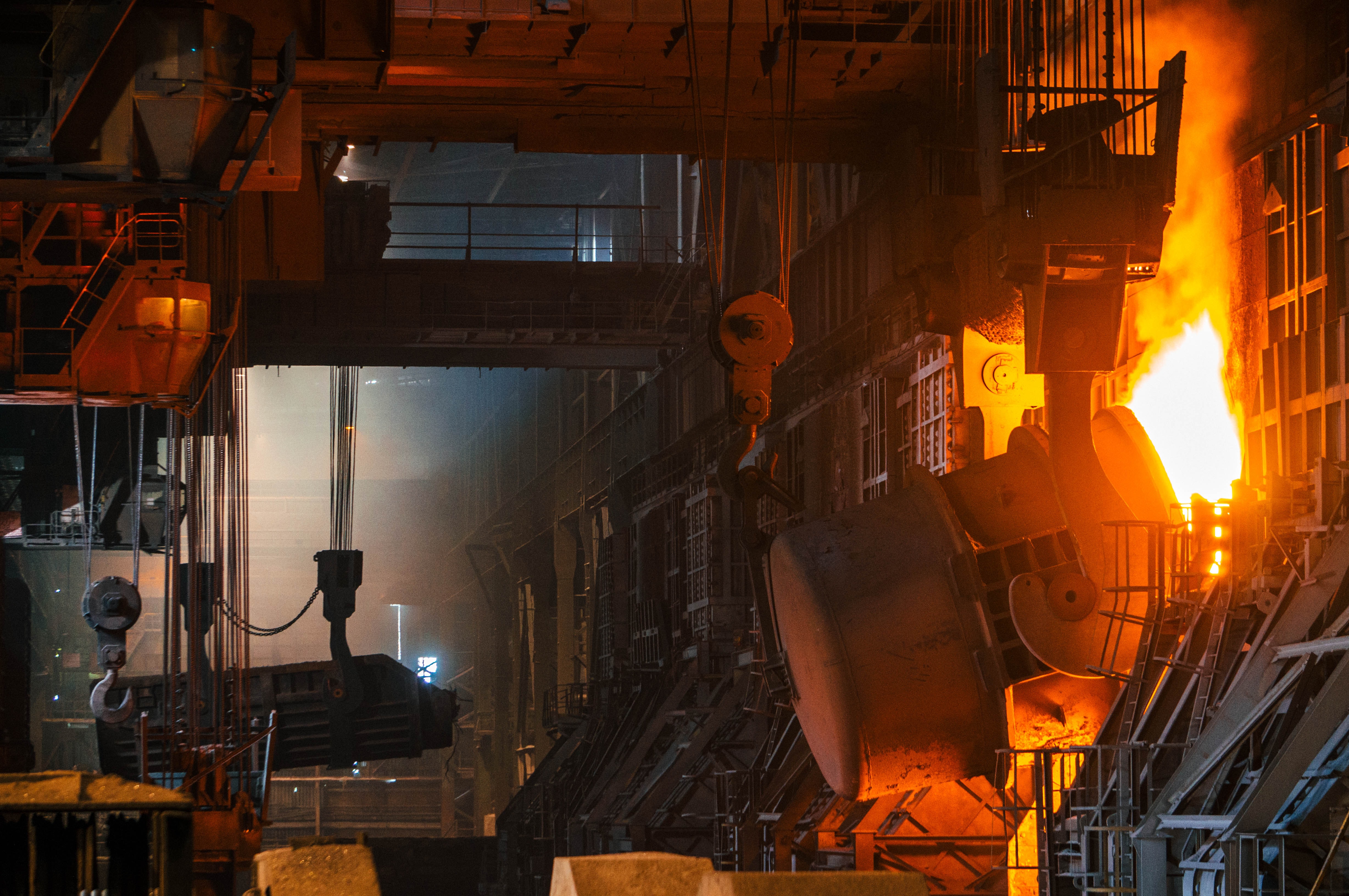
Green hydrogen could support a gradual transition towards cleaner steel production.
© unsplash
The production of steel is an incredibly energy intensive process, accounting for 30 percent of all industrial CO2 emissions in Germany. The industry is not going to switch from using coal-powered blast furnaces to clean technologies overnight, but green hydrogen could support a gradual transition.
In November 2019, blast furnace 9 of the Thyssenkrupp Steel plant in Duisburg became the first in Germany to inject hydrogen, produced by renewable energy, instead of coal into a furnace to extract liquid steel from pig iron. As part of the H2Stahl “Real Laboratory”, which will run for the upcoming five years, the project partners will test out how hydrogen (H2) behaves as a reducing agent during operation and how the process can be refined to reduce emissions further. A special pipeline will be built to supply the gas for the project.
Although green H2 could theoretically replace coal in the process, there is not enough available at the present time to meet the energy demands of the industry. The initial focus therefore will be on how coal and H2 gas can be used together for the best results. Estimates suggest that using them in combination could reduce the carbon emissions of the furnace by 20 percent. Considering a blast furnace emits around 1,530 kilogrammes of CO2 per tonne – the same as a car emits in a year – and Germany produces around 27 million tonnes a year, this adds up to significant savings.
"Hydrogen will be of central importance for steel production in Duisburg," Dr Frank Ahrenhold, head of sustainable steel production at Thyssenkrupp Steel is quoted in an article in Energiesystem Forschung. "The infrastructure built in H2Stahl can be available for the transformation of the plant in the long term and can be used for both blast furnace injection and direct reduction." The experience gained can then be transferred to other blast furnaces across Europe. "We are doing away with coal, not the steel mill,” says Ahrenhold.


